Beyond the Surface: The Structural Science Behind Flat Roof Waterproofing Failures
Flat roofs are a staple of modern architecture, yet waterproofing failures continue to plague property owners, contractors, and engineers alike. Why do traditional methods so often fall short? In this in-depth analysis, we go beyond the surface to explore the structural science behind flat roof waterproofing failures. Discover the hidden vulnerabilities in common waterproofing systems, from membrane-based solutions to liquid coatings, and learn why surface-level treatments often fail to provide long-term protection. This article unpacks the physics of water ingress, material limitations, and engineering flaws that lead to recurring leaks and costly repairs. For property owners, architects, and construction professionals seeking genuine, long-lasting solutions, this is essential reading.iption.
NEW CATEGORY
Environmental Pro Construction
2/27/20254 min read

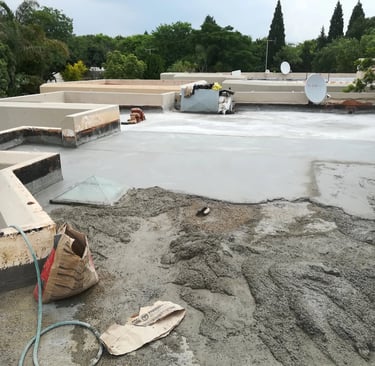
Beyond the Surface: The Structural Science Behind Flat Roof Waterproofing Failures
Introduction
Flat roofs, a hallmark of modern architectural design, present a unique challenge in waterproofing. While their aesthetic appeal and space efficiency make them a favored choice for commercial and residential structures, their susceptibility to water ingress remains a persistent issue. Despite advancements in waterproofing materials and methodologies, failure rates remain high, raising a fundamental question: why do flat roof waterproofing systems continue to fail?
This article dissects the underlying structural and scientific principles behind these failures, moving beyond conventional industry rhetoric to uncover the core engineering challenges that plague flat roof waterproofing.
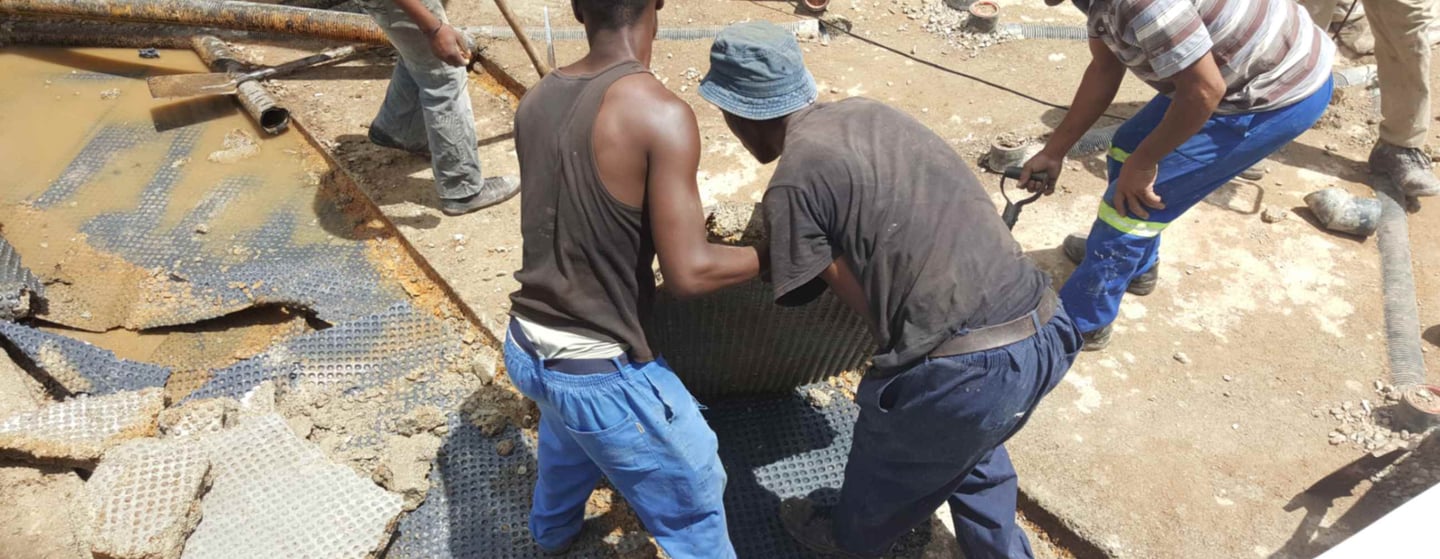

Understanding the Physics of Water Ingress
Water, a persistent and highly adaptive force, behaves in ways that are often underestimated in construction. Several scientific principles govern how and why water infiltrates flat roof structures:
Capillary Action: Even microscopic voids in waterproofing materials can allow water to migrate against gravity, penetrating areas that seem otherwise sealed.
Hydrostatic Pressure: Water accumulation due to poor drainage creates pressure that forces moisture into weak points in the waterproofing system.
Vapor Permeability: Temperature fluctuations cause water vapor to form within roof substrates, leading to condensation that can undermine structural integrity over time.
Traditional waterproofing solutions often attempt to counteract these forces without addressing the root cause, leading to premature failure.
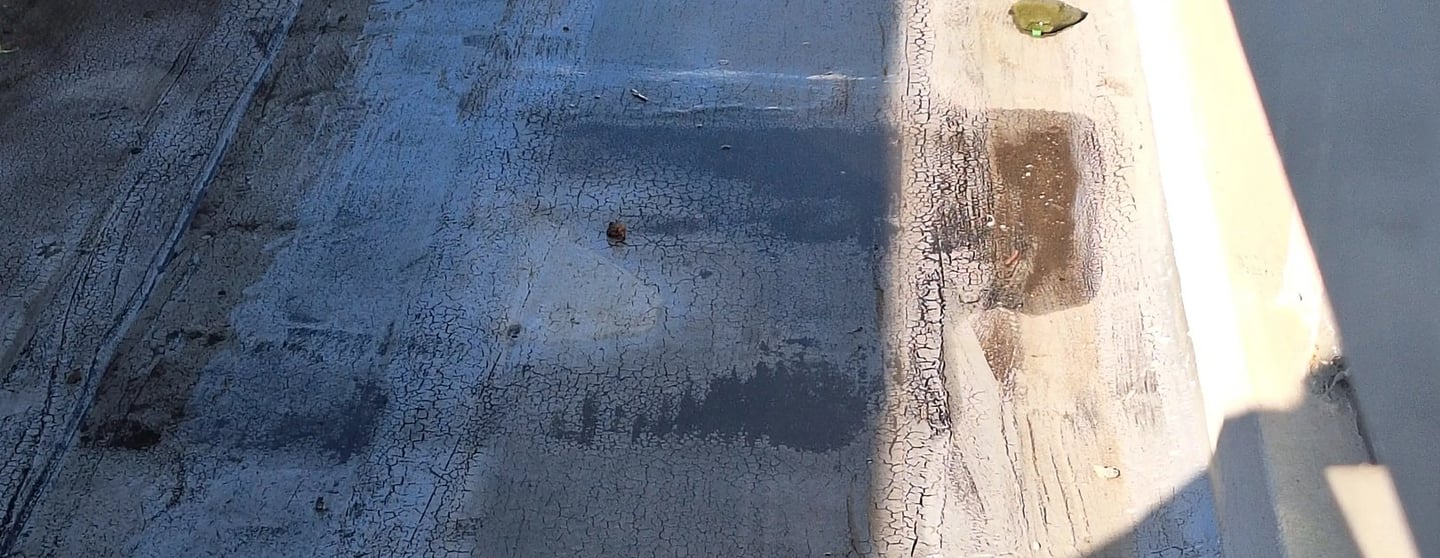

The Life-cycle of Common Waterproofing Methods
To fully grasp why failures occur, it is essential to examine the most widely used flat roof waterproofing methods and their inherent limitations.
A. Membrane-Based Waterproofing (Torch-On, TPO, EPDM, PVC)
These systems rely on sheet-like materials adhered to the roof surface, creating a protective barrier against moisture. However:
Seam Vulnerabilities: The weakest point in any membrane system is its seams. Over time, thermal expansion and contraction cause separation, leading to leaks.
Adhesion Breakdown: Improper surface preparation or environmental exposure results in delamination, where the membrane peels away from the substrate.
Mechanical Damage: Membranes are prone to punctures from foot traffic, equipment installation, and environmental debris.
B. Liquid Applied Waterproofing (Acrylics, Polyurethane, Cementitious Coatings)
Liquid waterproofing offers seamless coverage but suffers from:
Application Sensitivity: Inconsistent thickness and curing conditions impact long-term effectiveness.
Material Degradation: UV exposure and chemical interactions gradually deteriorate the protective layer.
Surface Dependency: Bonding issues arise when applied to substrates with residual moisture or inadequate preparation.
C. Bituminous-Based Systems
Historically used for their affordability and availability, bitumen-based solutions present several structural challenges:
Rigidity vs. Movement: These materials lack flexibility, making them susceptible to cracking under structural shifts.
Thermal Instability: Prolonged exposure to heat causes bitumen to become brittle, while cold temperatures induce contraction, leading to fractures.
Limited Lifespan: Constant reapplication is required to maintain effectiveness, increasing long-term costs.
While each method has its advantages, they all share a common flaw: they treat waterproofing as a surface-level issue rather than a structural necessity.
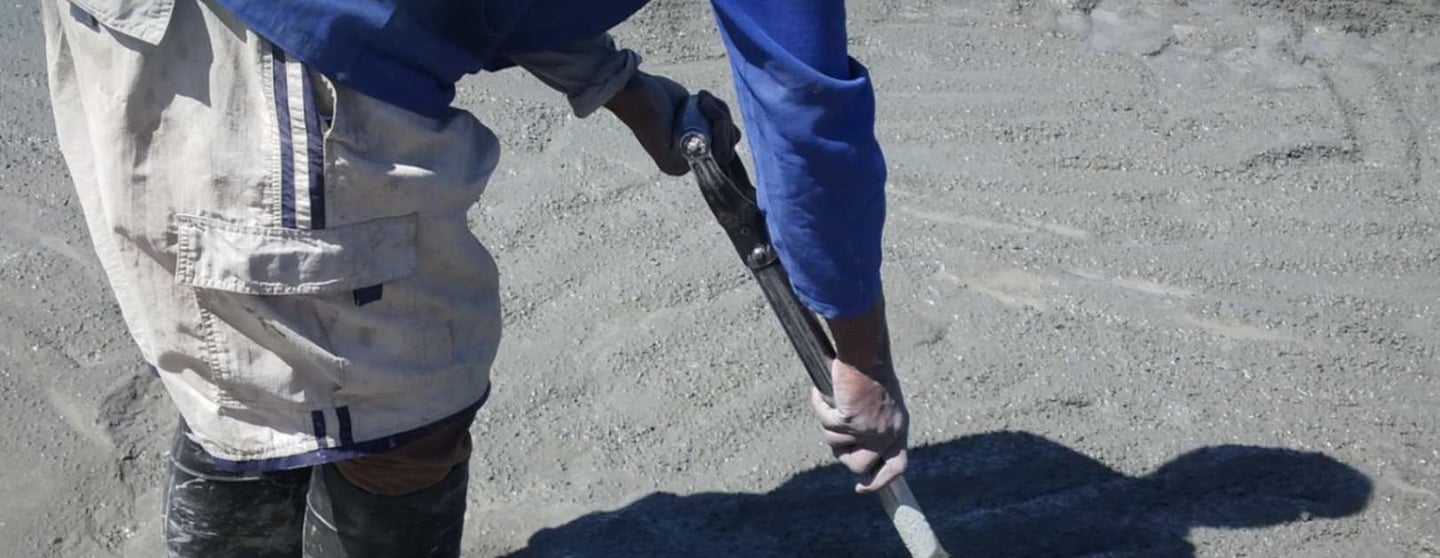

The Structural Perspective: Why Surface Waterproofing Alone is Insufficient
One of the primary reasons flat roof waterproofing systems fail is the industry's reliance on barrier-based solutions rather than structural integration. The following engineering principles highlight the flaws in this approach:
A. The Role of Thermal Expansion and Contraction
Materials expand and contract with temperature fluctuations. If a waterproofing system does not accommodate these movements, cracks and fractures will inevitably form.
B. Structural Load Distribution and Ponding Water
Flat roofs are rarely perfectly level. Even minor depressions lead to water accumulation (ponding), exerting additional stress on the waterproofing layer. Over time, hydro-static pressure overcomes the waterproofing system, allowing moisture infiltration.
C. Material Compatibility and Substrate Interaction
Waterproofing materials must bond effectively with the roof substrate. However, differential movement between layers causes delamination, reducing longevity. Many systems fail because they are applied as an afterthought rather than as an integrated component of the structure.
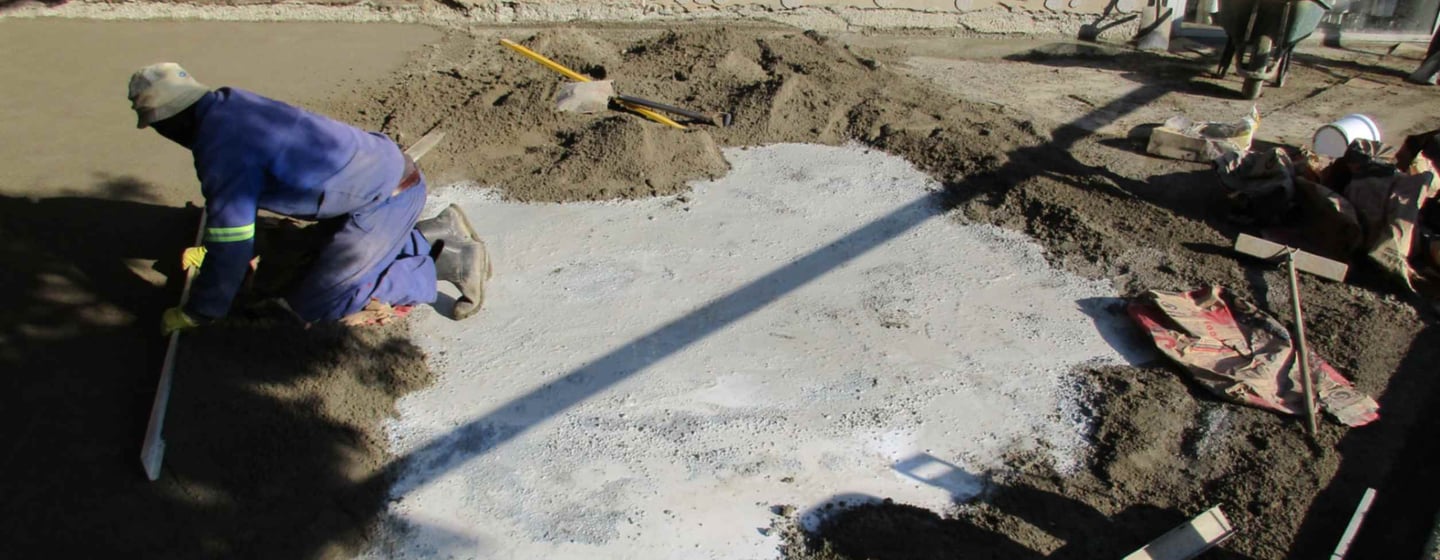

Moving Toward Smarter, Structural Waterproofing Solutions
The most successful waterproofing strategies prioritize integration over application. Instead of treating waterproofing as an external coating, modern engineering approaches focus on:
Integral Waterproofing Technologies: These involve admixtures that modify concrete at a molecular level, making it inherently water-resistant.
Multi-Layered Composite Systems: Combining different materials to enhance flexibility, adhesion, and durability.
Structural Drainage Enhancements: Designing roofs with better water dispersion methods to reduce ponding stress.
While traditional solutions continue to dominate the industry, progressive engineering is shifting toward holistic waterproofing strategies that consider the entire structure, not just its outermost layer.
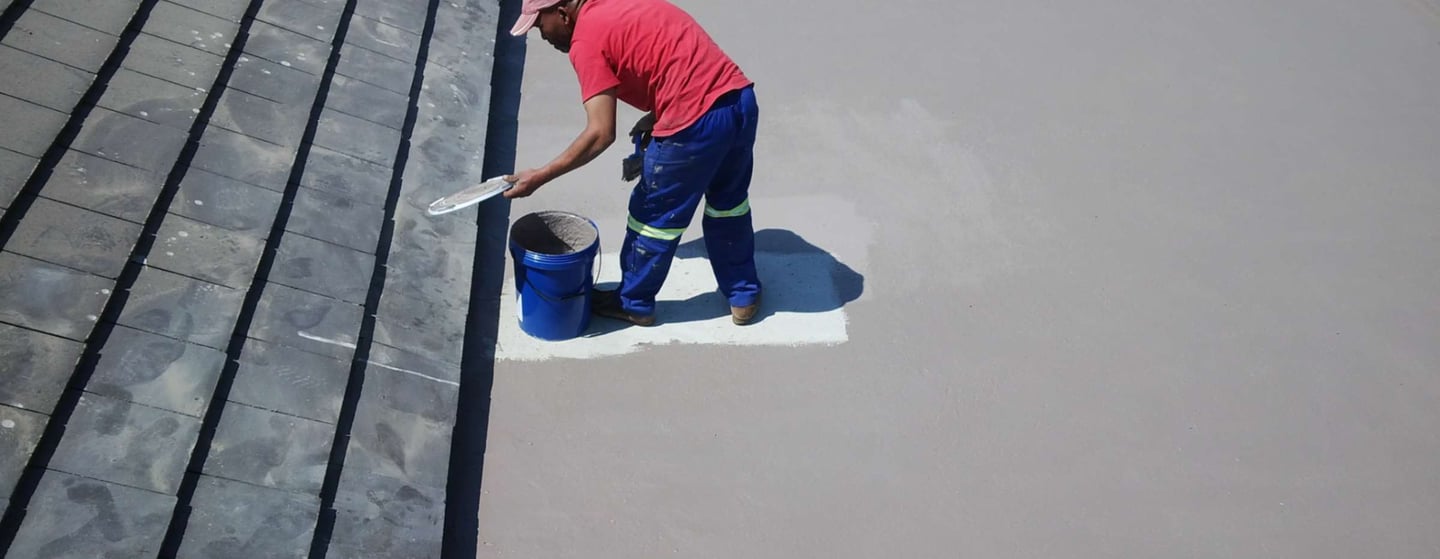

Conclusion: Rethinking Waterproofing for Long-Term Success
The frequent failure of flat roof waterproofing systems is not simply due to poor installation or subpar materials, it is a fundamental issue of misaligned engineering priorities. Treating waterproofing as a surface-only solution neglects the deeper structural science that governs water movement and material behavior.
For property owners, architects, and engineers seeking long-term waterproofing success, the key is to move beyond the surface, toward solutions that consider the entire lifespan of the structure.
For those looking to explore alternative methodologies that move beyond conventional failures, a wealth of in-depth knowledge awaits at Environmental Pro Construction.
Quick Links
Home
About Us
Our Services
Projects
Blog
Contact Us
Legal & Compliance
Privacy Policy & Terms
Contact Us
Phone: 061 487 1705
Email: info@enviropconstruction.com
Service Areas: Krugersdorp & surrounding areas
Connect with Us
Follow us on Facebook: Environmental Pro Construction
© 2017 - 2025 Environmental Pro Construction | Privacy Policy | Terms of Service
Operating Hours:
Monday - Friday: 7:00am - 18:00pm
Saturday: 8:00am - 15:30pm
Sunday: Closed
Elderly Assistance: Priority roofing & construction services available 7:00 AM – 9:00 PM (Weekdays), 8:00 AM – 5:00 PM (Weekends)
⭐ Happy with our service? Leave us a review!
See Our Work & Reviews: Google Business Profile
Need Trusted Roofing & Waterproofing? Find Us on Google
Address
Plot 57, Ernie Matroos Street, Krugersdorp
26°05'07.8"S 27°45'09.0"E
